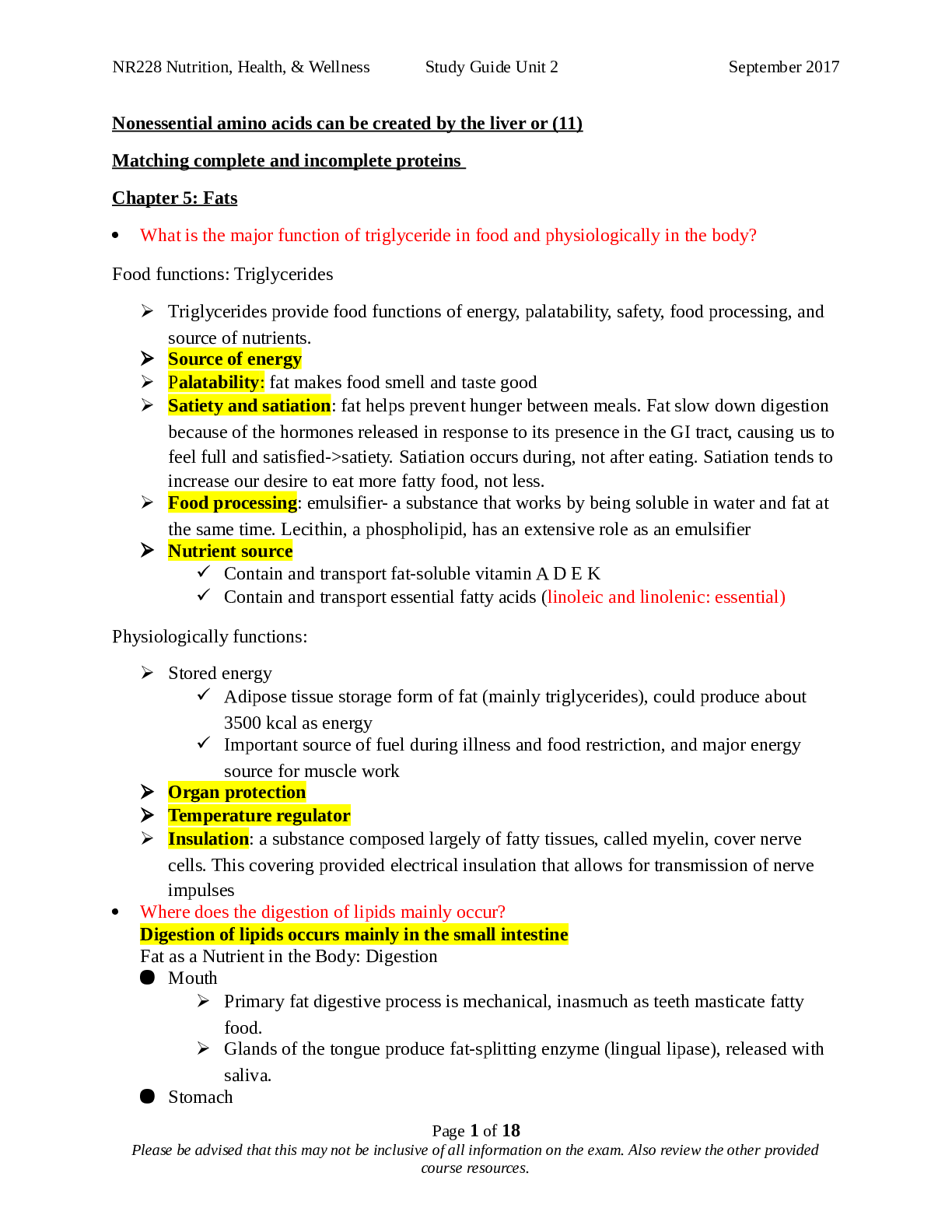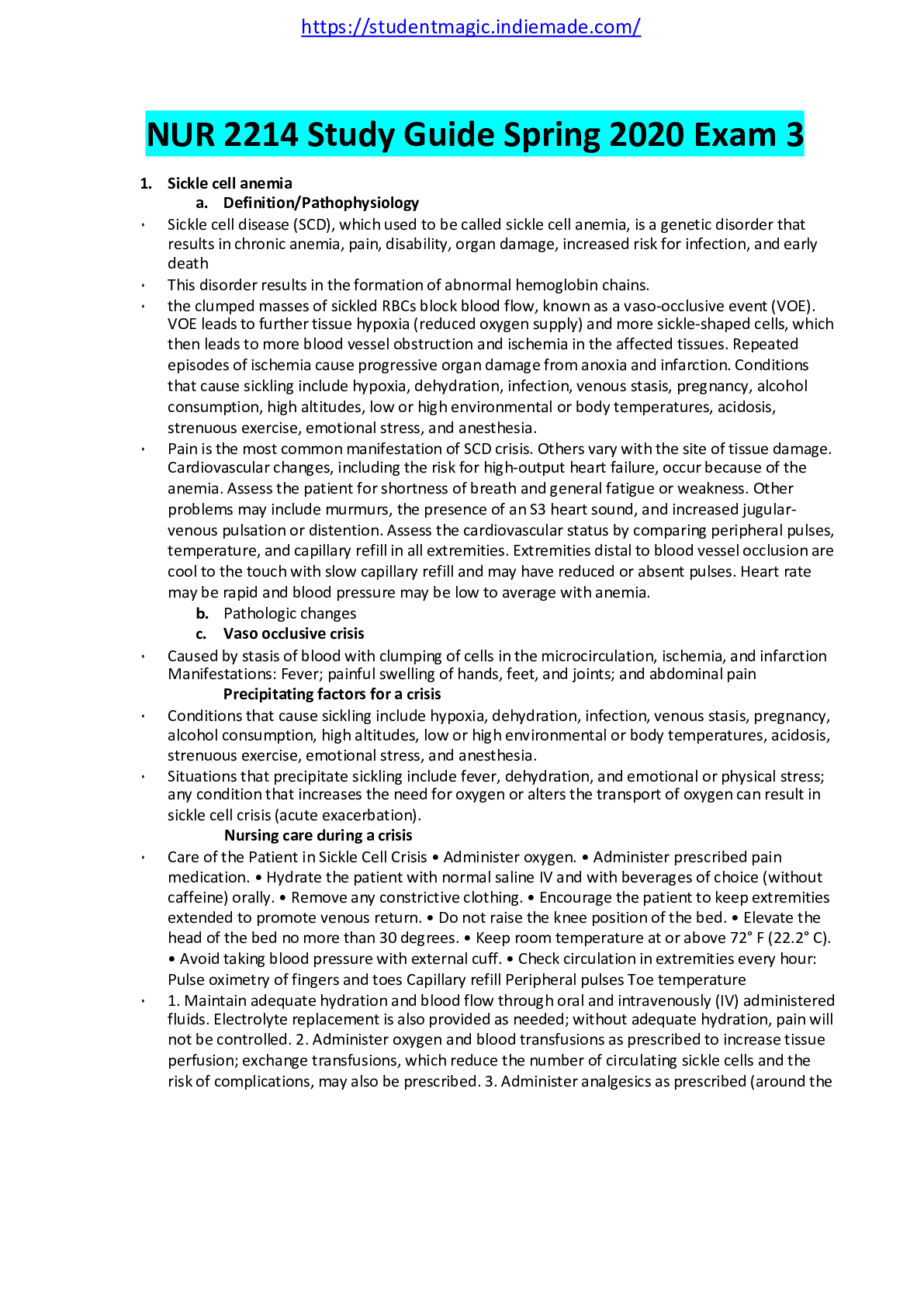*NURSING > STUDY GUIDE > NREMT | National Registry of Emergency Medical Technicians - (Everything you need to know) (All)
NREMT | National Registry of Emergency Medical Technicians - (Everything you need to know)
Document Content and Description Below
NREMT - Everything you need to know.-Medical Direction - Oversight of the patient-care aspects of an EMS system by the Medical Director. Protocols - lists of steps, such as assessments and interven... tions, to be taken in different situations. Protocols are developed by the Medical Director of an EMS system Offline Direction - consists of standing orders issued by the medical director that allows EMTs to give certain medications or perform certain procedures without speaking to the medical director or another physician. Online Direction - consists of orders from the on-duty physician given directly to an EMT-B in the field by radio or telephone. Standing Orders - A policy or protocol issued by a Medical Director that authorizes EMT-Bs and others to perform particular skills in certain situations. HEPA Mask - High Efficiency Particulate Air respirator; used for patients with suspected TB; worn by the EMT provider to prevent airborne transmission Hepatitis B - infectious inflammation of the liver caused by the hepatitis B virus (HBV) that is transmitted sexually or by exposure to contaminated blood or body fluid Hepatitis C - inflammation of the liver caused by the hepatitis C virus, transmitted by exposure to infected blood (rarely contracted sexually) Tuberculosis - Infectious disease caused by the tubercle bacillus, Mycobacterium tuberculosis. Most commonly affects the respiratory system and causes inflammation and calcification of the system. Acute Stress - short term ; fight or flight response ; effects disappear quickly after it is over Scope of Practice - What we are allowed to do or trained to do Standard Care - the degree of care that a reasonably prudent person should exercise under the same or similar circumstances Duty to Act - an obligation to provide care to a patient Good Samaritan - a person who voluntarily offers help or sympathy in times of trouble Expressed Consent - Permission that must be obtained from every conscious, mentally competent adult before emergency treatment may be provided Implied Consent - The consent it is presumed a patient or patient's parent or gaurdian would give if they could, such as for an unconscious patient or a parent who cannot be contacted when care is needed. Treatment of a Minor - Must be given by legal guardian Involuntary - Mentally incompetent person Advanced Directive - a legal document prepared by a living, competent adult to provide guidance to the health care team if the individual should become unable to make decisions regarding his or her medical care; may also be called a living will or durable power of attorney for health care Polst - Physicians orders for life sustaining treatment. May include order for DO NOT RESUSCITATE PCR - Prehospital care report Emergency Move - a move made when there is an immediate danger to the patient. Urgent Move - Move used if a scne factor causes a decline in patient's condition, or if the treatment of a patient requires a move. Non urgent move - No immediate threat to life, are carried out in such a way as to prevent injury and to avoid discomfort and pain. bariatric stretcher - Stretcher for obese patients scoop stretcher - this cot splits in tow or four sections, so it can be used where larger stretchers cannot fit. basket stretcher - designed to surround and protect the patient, this stretcher is used to move a patient from one level to another to over rough terrain. flexible stretcher - made of canvas or rubberized or other flexible material, often with wooden slats sewn into pockets and three carrying handles on each side. can be useful in restricted areas or narrow hallways anatomical planes - 1. coronal (vertical cut into front and back halves) 2. transverse (horizontal cut into upper and lower) 3. sagittal (vertical cut into left and right halves) fowler position - a bed sitting position with the head of the bed raised to 45 degrees semi fowler position - the head of the bed is raised 30 degrees; or the head of the bed is raised 30 degrees and the knee portion is raised 15 degrees shock position - feet elevated 12 inches higher than head anterior - Toward the Front posterior - Toward the back [Show More]
Last updated: 1 year ago
Preview 1 out of 22 pages
Instant download

Instant download
Reviews( 0 )
Document information
Connected school, study & course
About the document
Uploaded On
May 15, 2022
Number of pages
22
Written in
Additional information
This document has been written for:
Uploaded
May 15, 2022
Downloads
0
Views
57


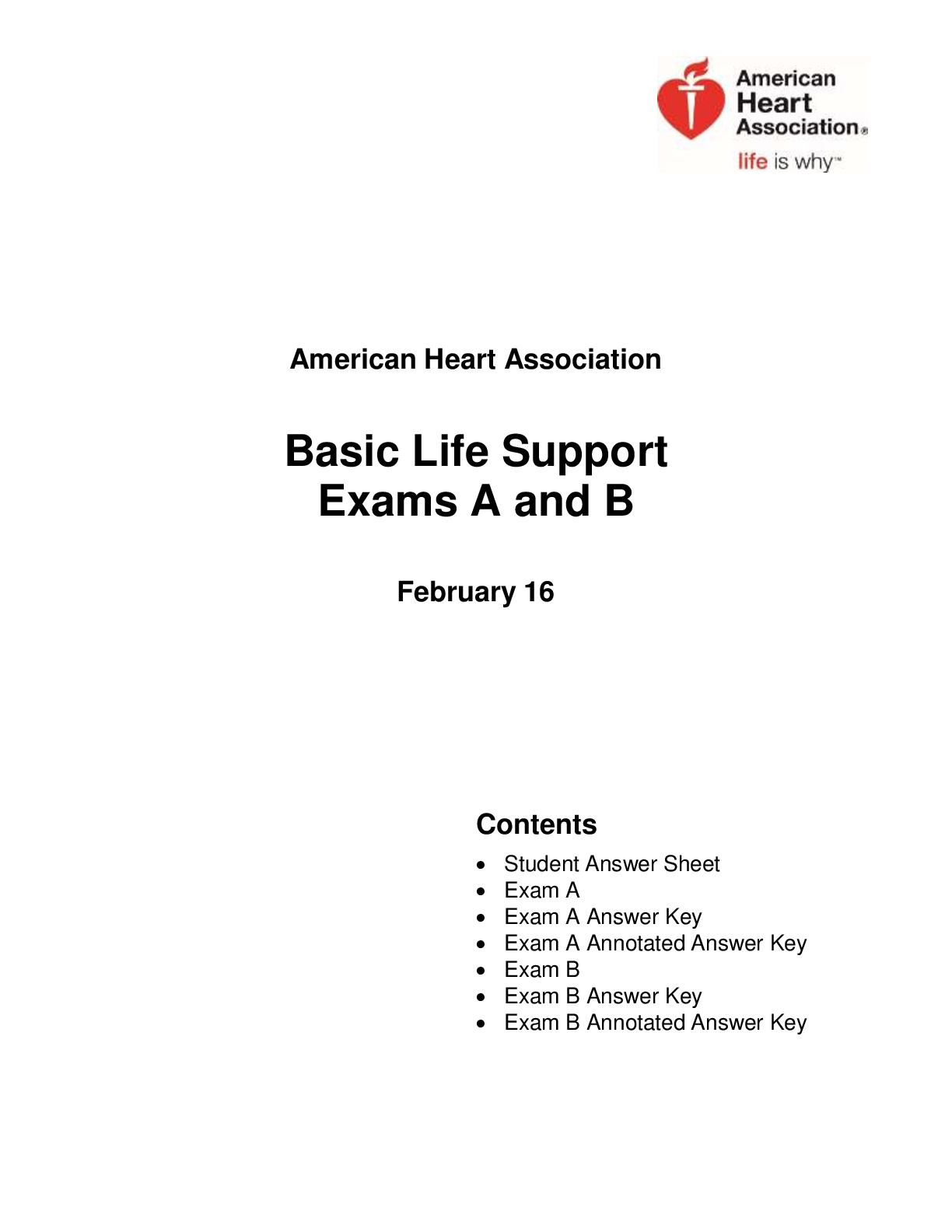

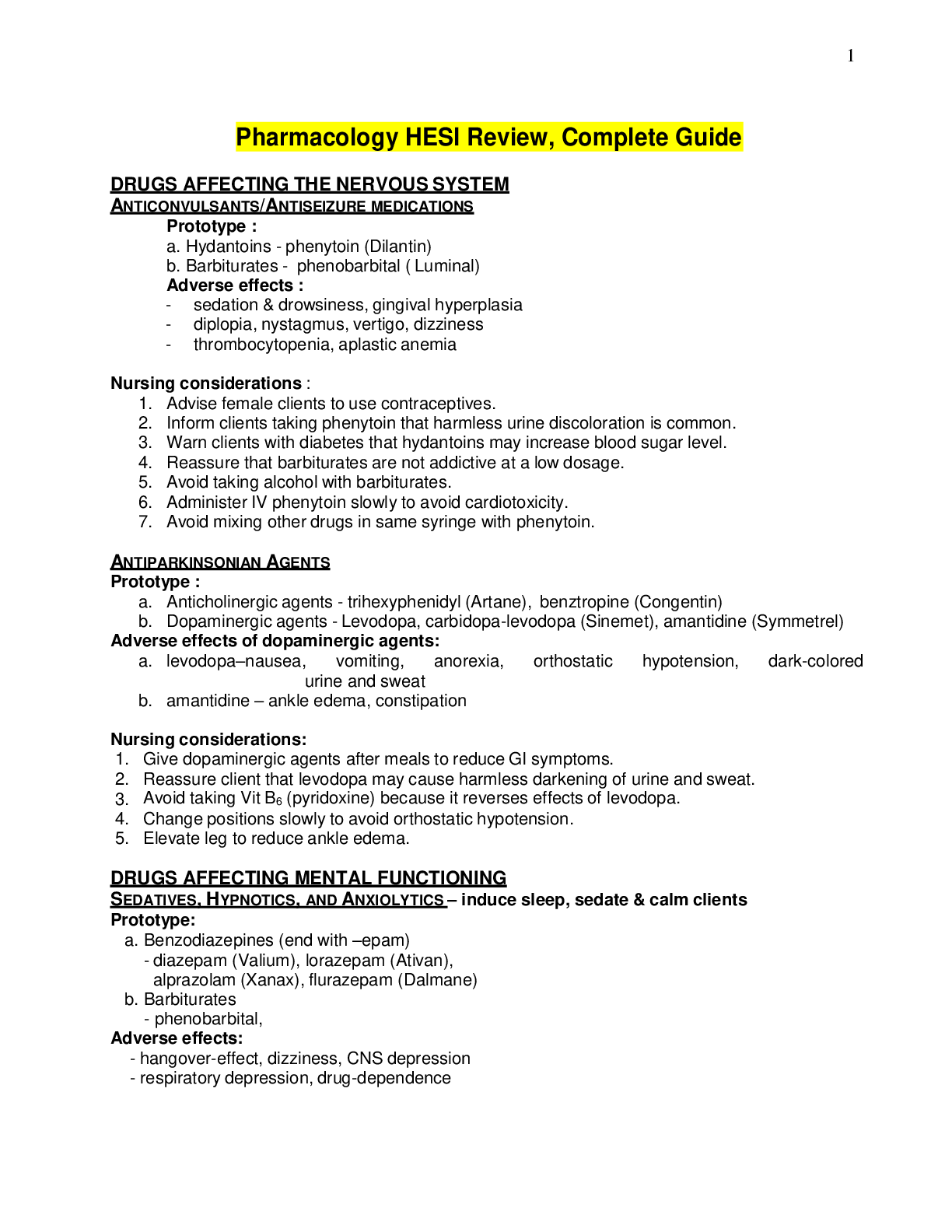

.png)

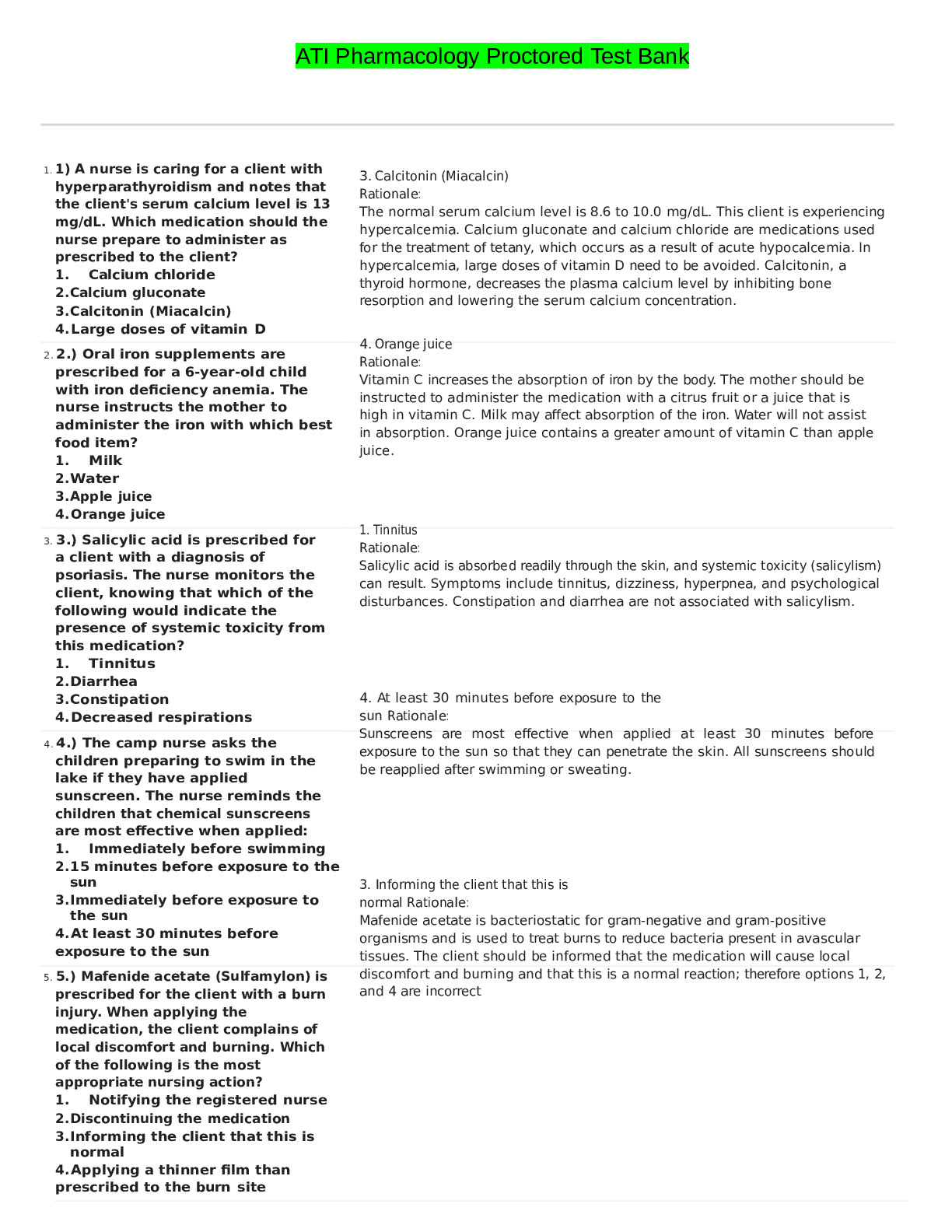

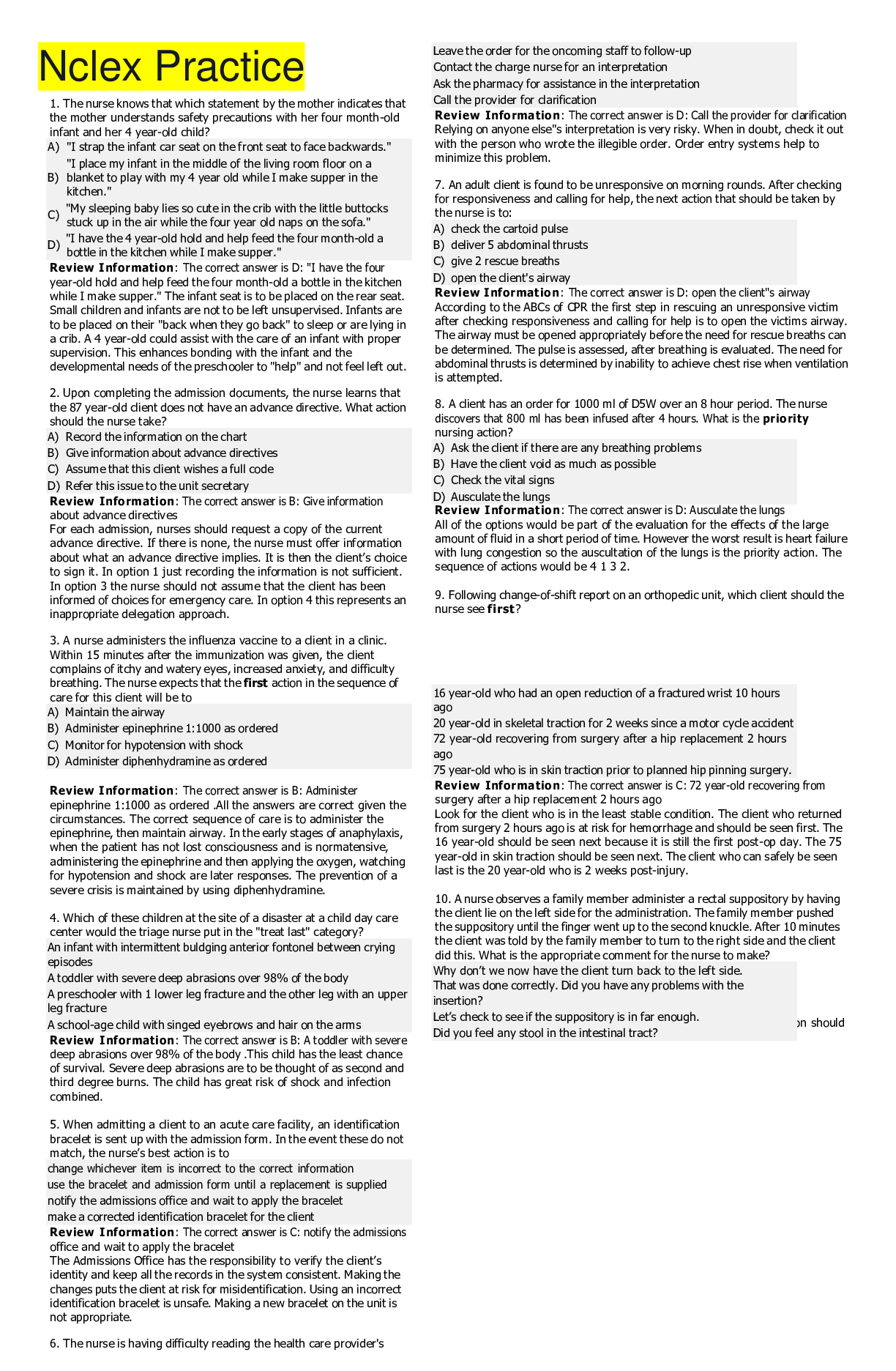
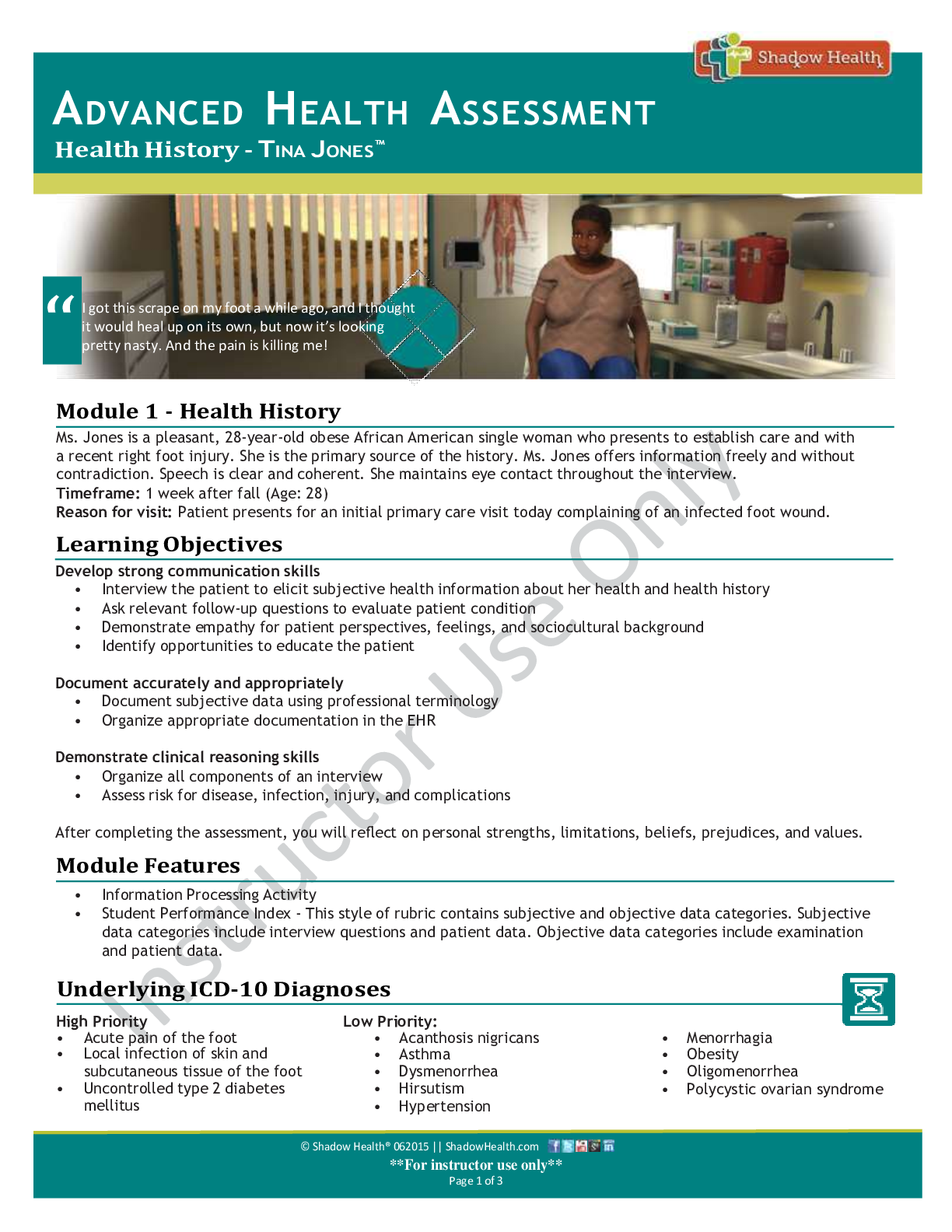

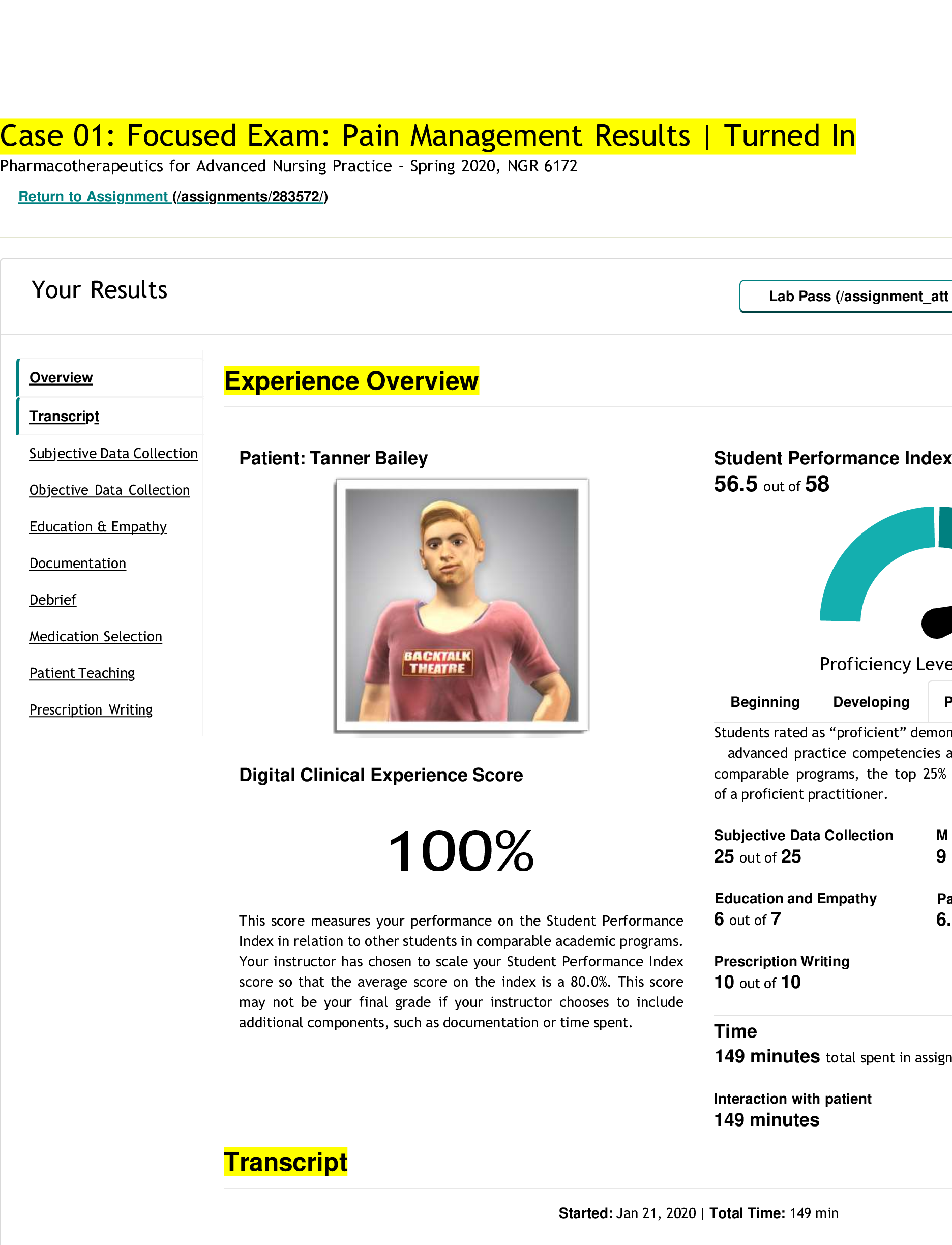
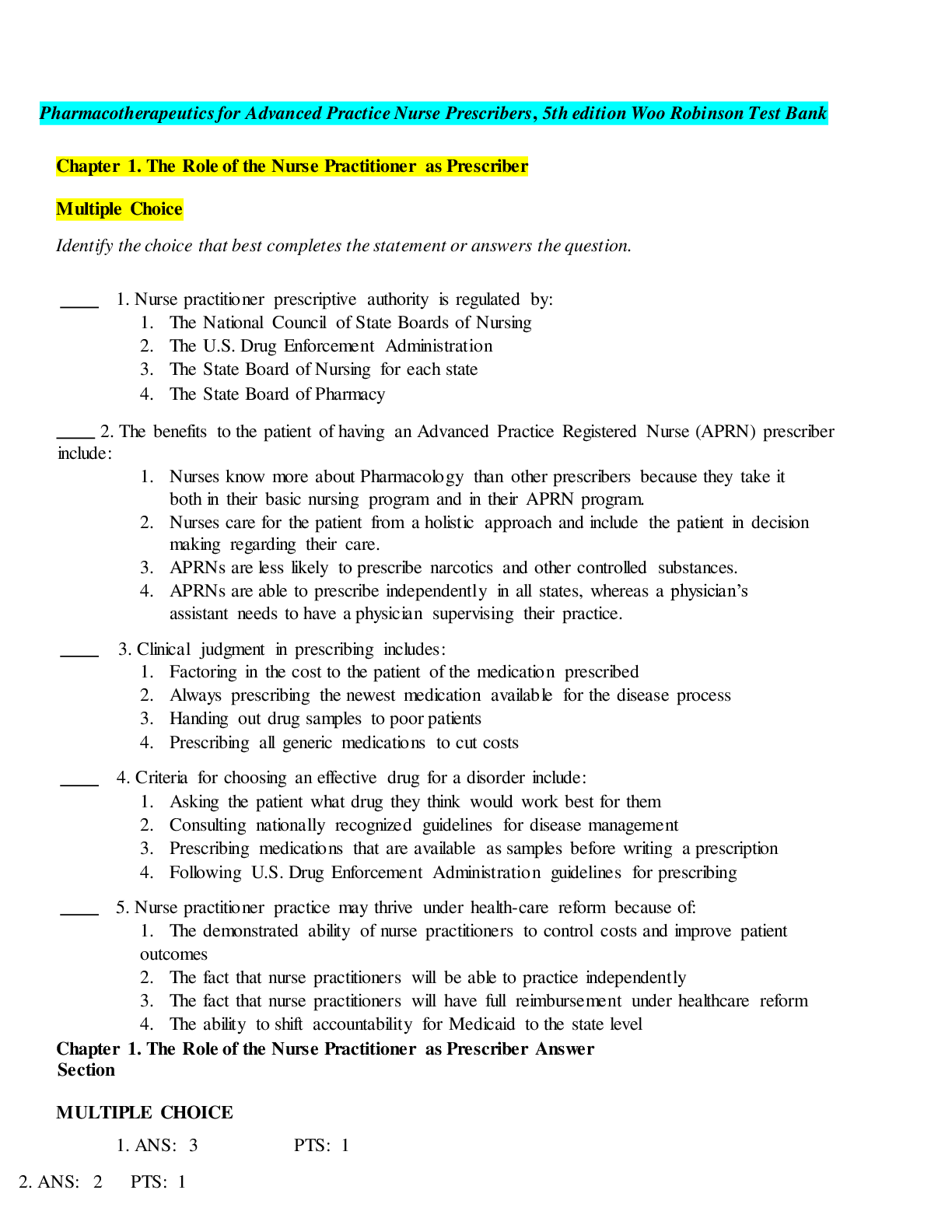
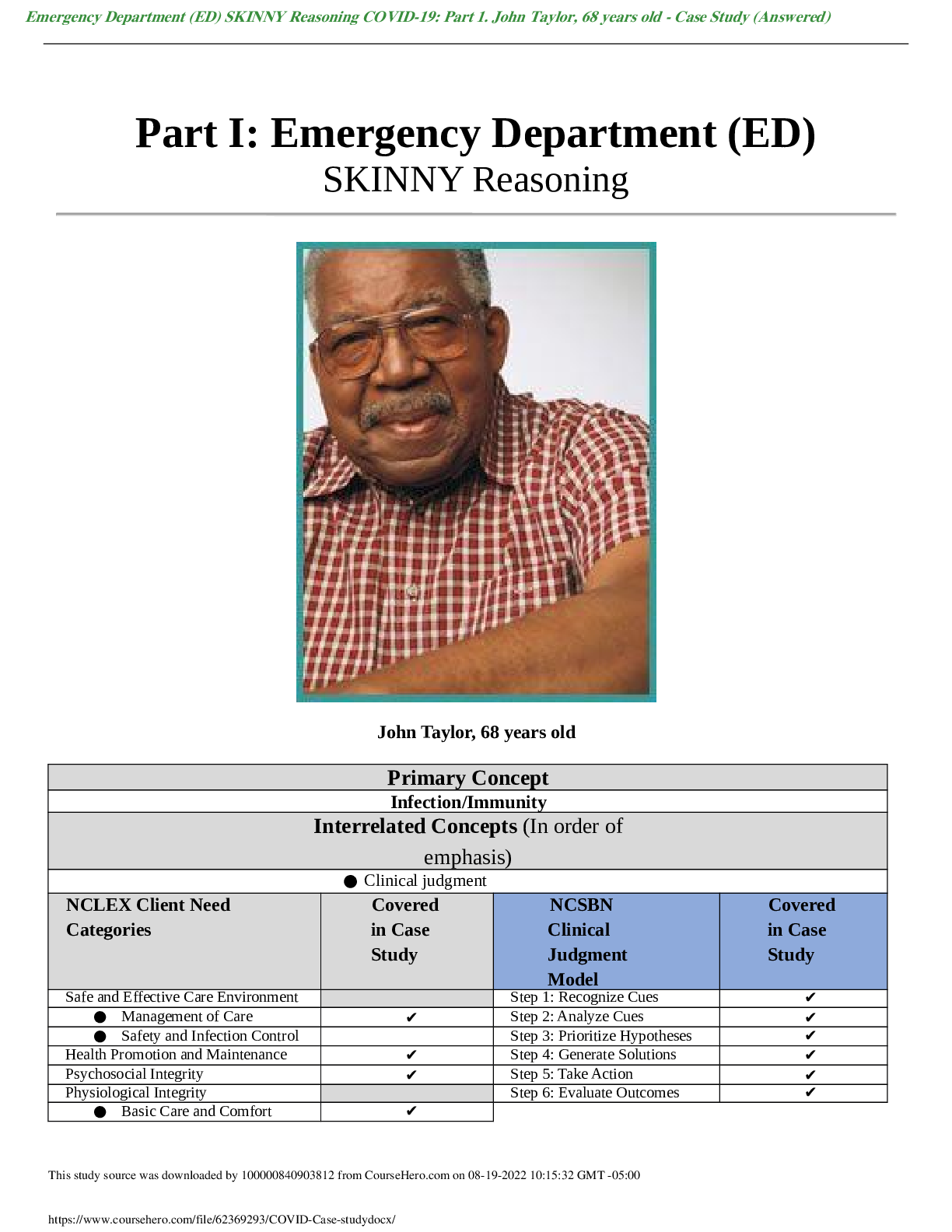
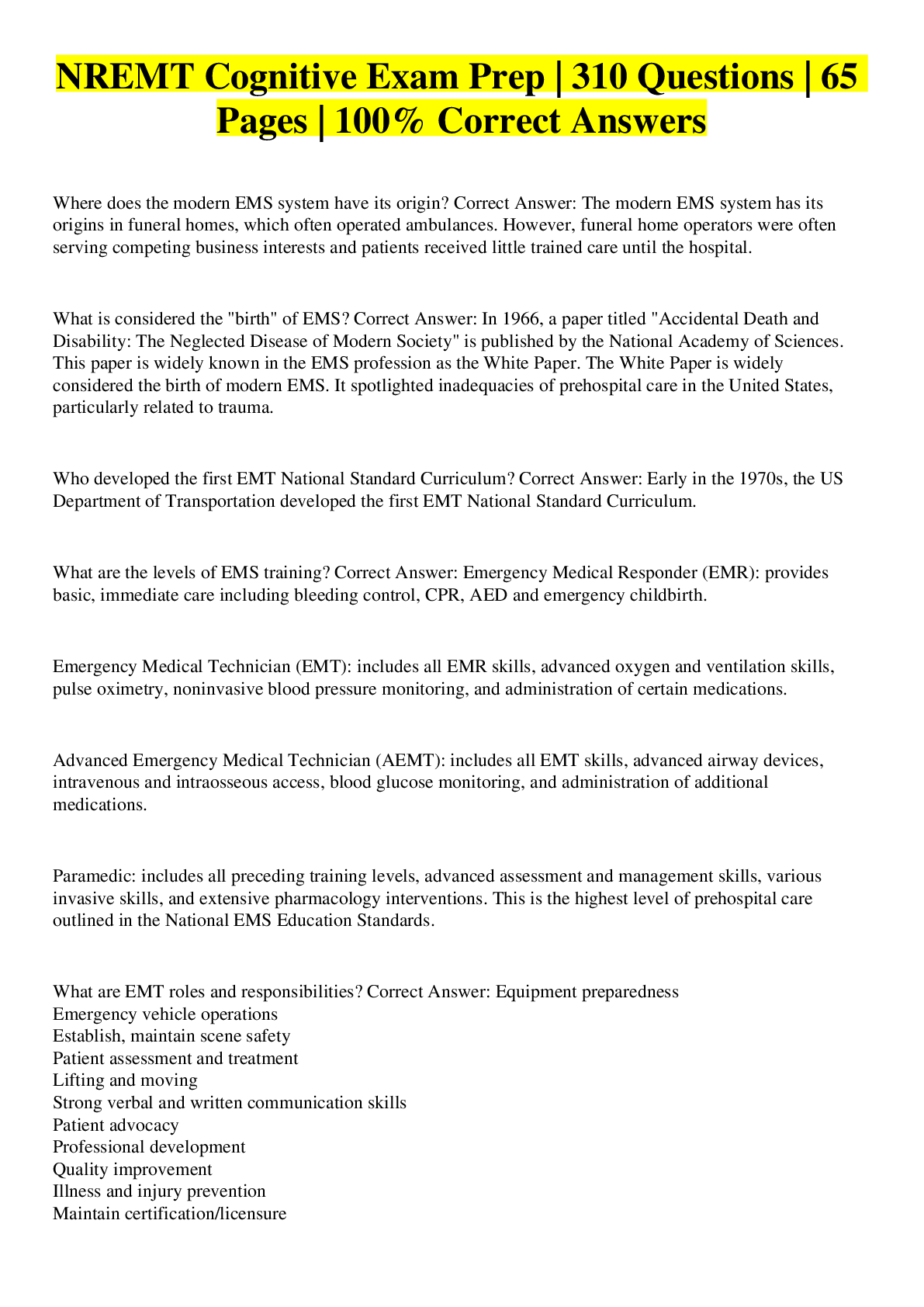
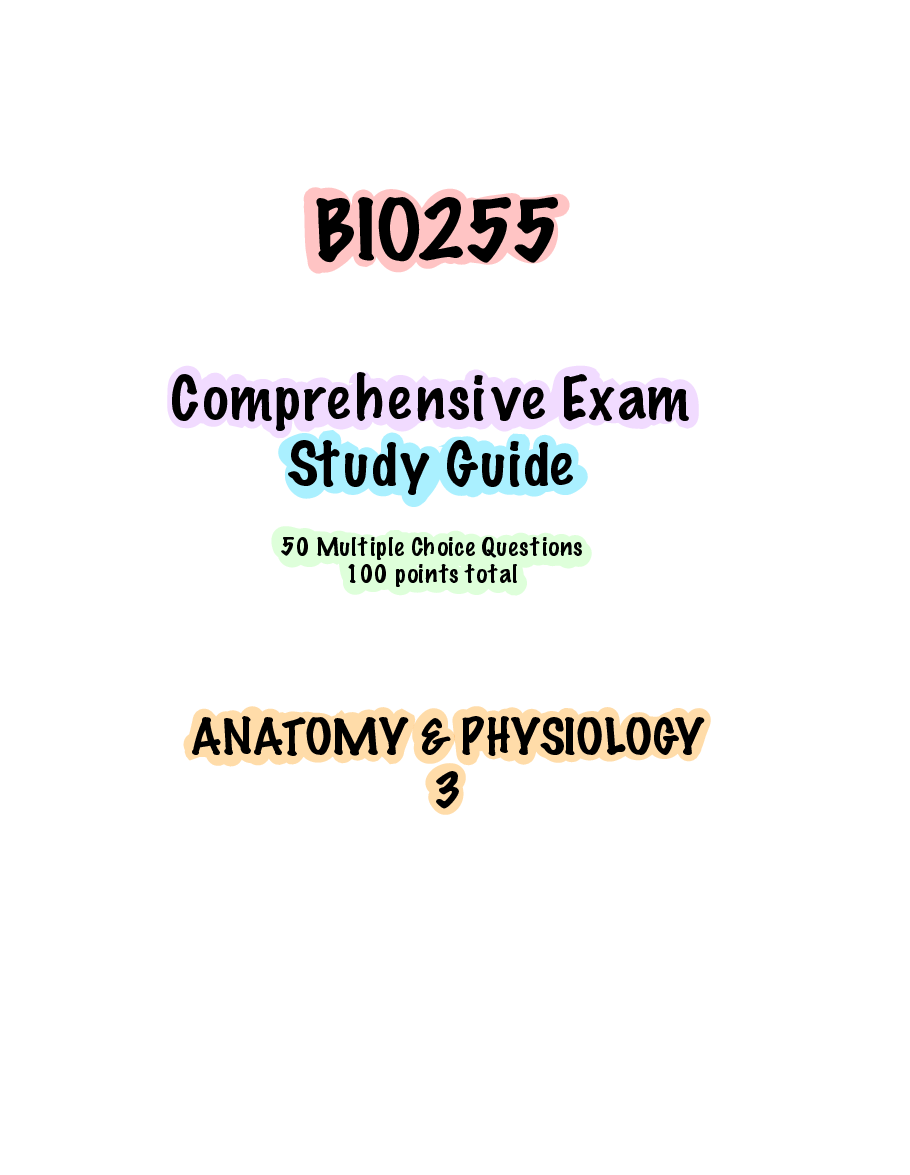

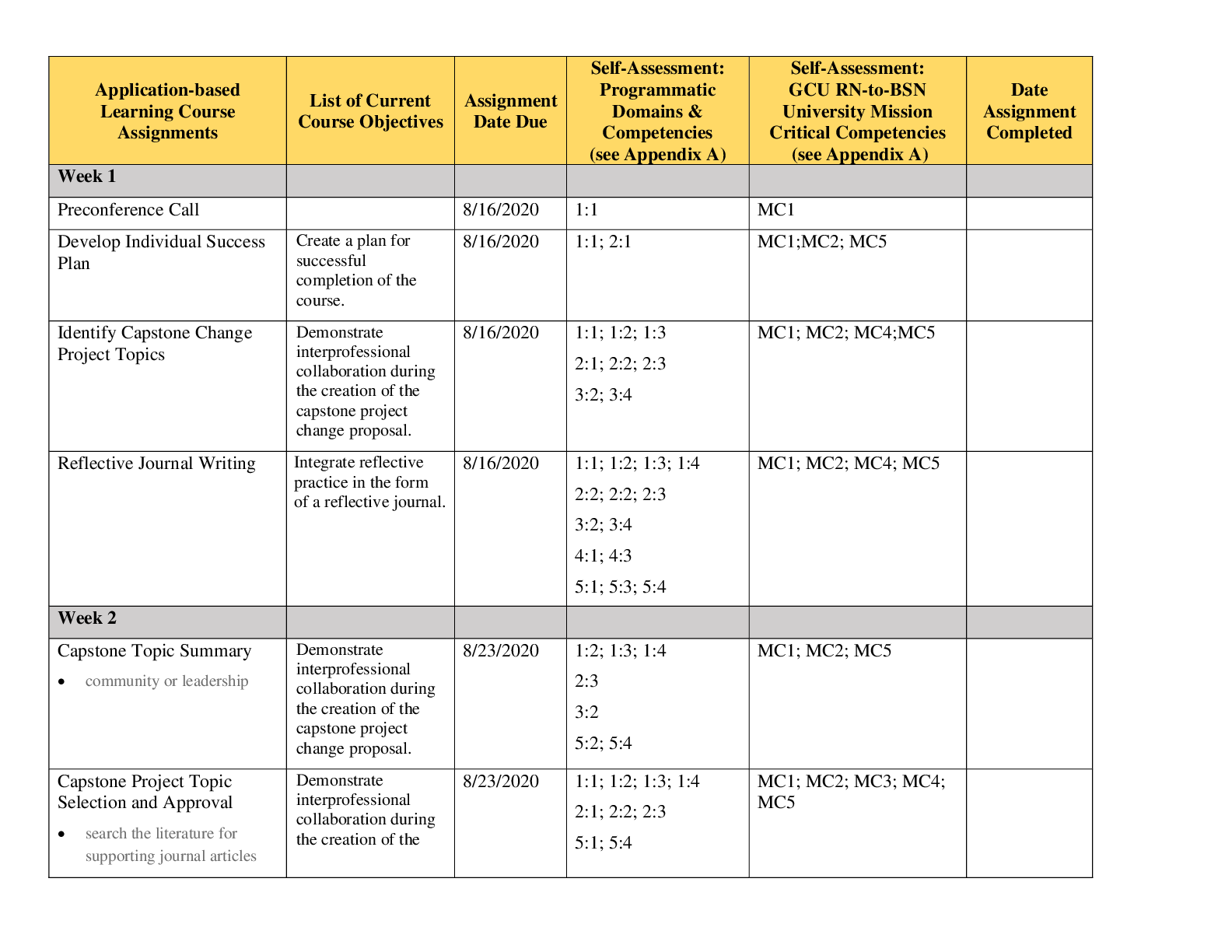






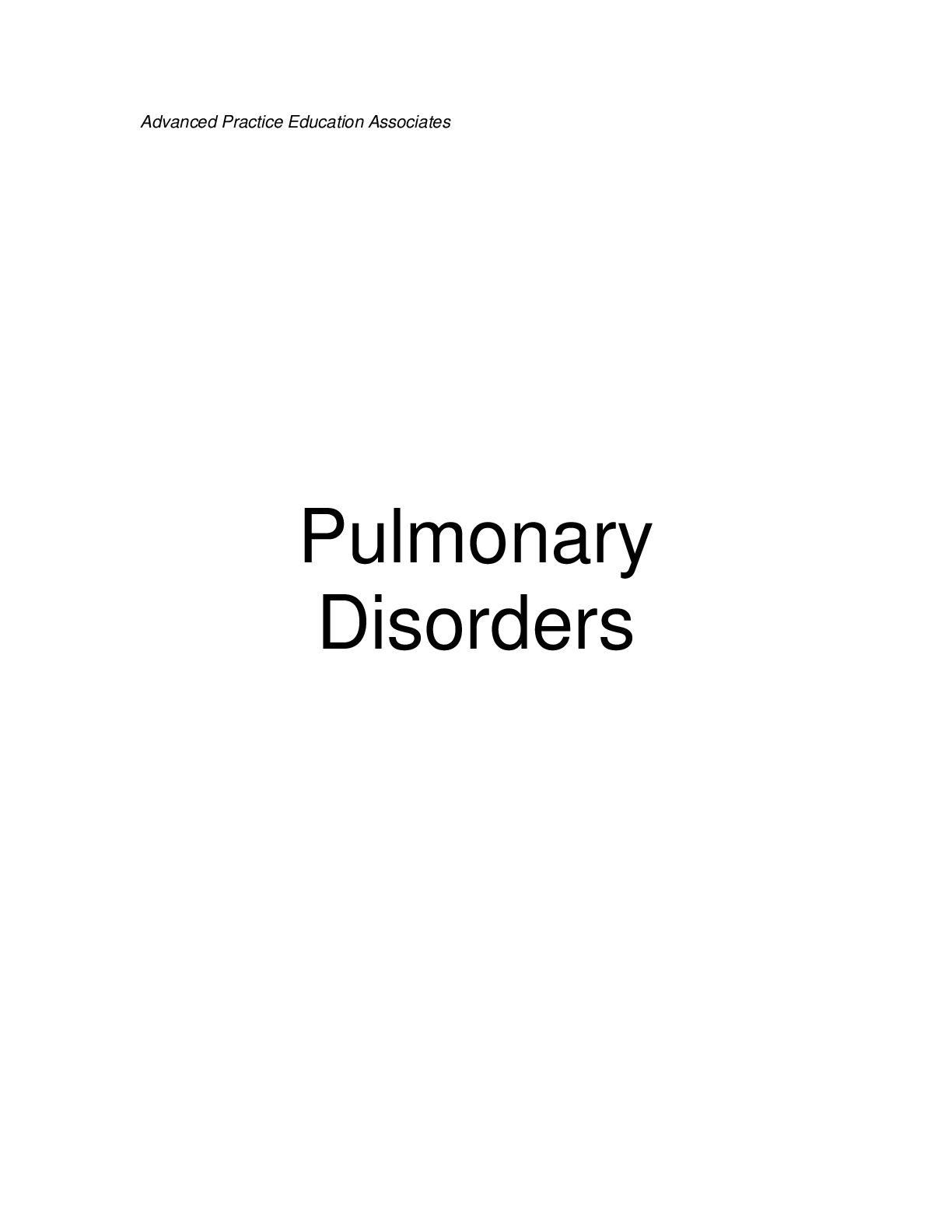
.png)





